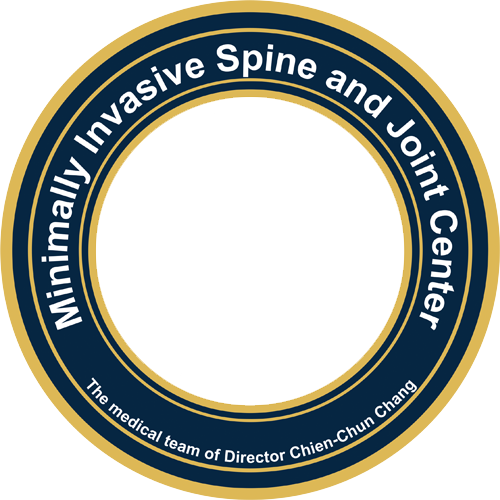
3D Computer-assisted spine revision surgery
Spine revision surgery is designed for patients who did not achieve the expected outcomes from their initial spine surgery or experienced complications afterward. This corrective procedure aims to address persistent pain, spinal instability, implant-related issues, or nerve compression, offering patients another chance for recovery and improved quality of life.
◎Indications for Surgery:
-Failed Back Surgery Syndrome (FBSS)
-Incomplete Spinal Decompression
-Loose or Displaced Screws
-Loose or Displaced Spinal Implants
◎Advanced Surgical Techniques:
-Computer-Assisted Minimally Invasive Surgery
-Endoscopic Minimally Invasive Spine Surgery
-Anterior Approach Spine Revision Surgery
◎Indications for Surgery:
-Failed Back Surgery Syndrome (FBSS)
-Incomplete Spinal Decompression
-Loose or Displaced Screws
-Loose or Displaced Spinal Implants
◎Advanced Surgical Techniques:
-Computer-Assisted Minimally Invasive Surgery
-Endoscopic Minimally Invasive Spine Surgery
-Anterior Approach Spine Revision Surgery
What is Spine Revision Surgery?
Spine revision surgery is a specialized procedure for re-evaluating and treating patients with suboptimal outcomes following their initial spine surgery. Common indications include loose or damaged implants, postoperative spinal instability, recurrent disc herniation, and unresolved pain or nerve compression.
This procedure may involve removing old implants, replacing or reinforcing fixation systems, and employing 3D navigation and endoscopic technology to enhance precision and safety. Spine revision surgery is highly specialized and must be performed by experienced spinal surgeons to ensure optimal postoperative results.

3D-guided
__25A17GW1kS.png)
Rapid recovery

Precise revision

Minimal incision
Can Spine Surgery Be Revised?
Our center features state-of-the-art surgical equipment, including U.S.-made computer navigation systems (O-arm) and Germany’s 4th-generation spinal endoscopic systems. With expertise in spinal endoscopy, computer-assisted surgeries, and anterior approach revision techniques, our team can safely perform spine revision surgeries. These advanced techniques minimize complications and address issues such as surgical adhesions, loose screws, loose implants, incomplete decompression, spinal infections, and more.Although spine revision surgery carries a higher risk and lower success rate compared to initial minimally invasive surgeries, Dr. Chang’s team has significantly improved revision success rates. This is attributed to our designation as an international computer navigation demonstration center and a global training center for spinal endoscopy.
Q&A
Q1.After multiple spine surgeries, I still feel pain. Is revision spine surgery likely to succeed?+
With accurate diagnosis, advanced medical equipment, and specialized surgical techniques, it is possible to successfully treat failed back surgery syndrome (FBSS), also known as post-laminectomy syndrome.
- Revision Spine Surgery Success Case 1
- Revision Spine Surgery Success Case 2
- Revision Spine Surgery Success Case 3
Q2.What is the difference between minimally invasive endoscopic spine surgery and traditional spine surgery?+
Advantages of minimally invasive endoscopic spine surgery include:
- Less tissue damage: Compared to traditional surgery, the surgical pathway is only 8mm wide, resulting in minimal soft tissue and muscle disruption. Most patients can get out of bed on the day of surgery and be discharged the same day or the next day. Retrospective studies have shown that, compared to traditional surgery, endoscopic surgery allows patients to return to work sooner, experience less postoperative back pain, have shorter hospital stays, and spend less time in surgery.
- Smaller incisions: The incision is approximately 1cm.
- Option for local anesthesia: Surgery can potentially be performed under local anesthesia, reducing the risk of nerve injury during the procedure.
- Enhanced visualization: The magnification provided during surgery allows for clearer visibility of nerves, reducing the risk of nerve injury.
Q3.What types of minimally invasive spine surgeries are available?+
The following types of minimally invasive spine surgeries are offered:
- 3D Computer-Assisted Minimally Invasive Spine Surgery
- 3D Computer-Assisted Minimally Invasive Revision Spine Surgery
- 3D Computer-Assisted Scoliosis and Kyphosis Correction Surgery
- 3D Computer-Assisted Minimally Invasive Anterior and Posterior Fusion Surgery (OLIF Surgery)
Success Case
















